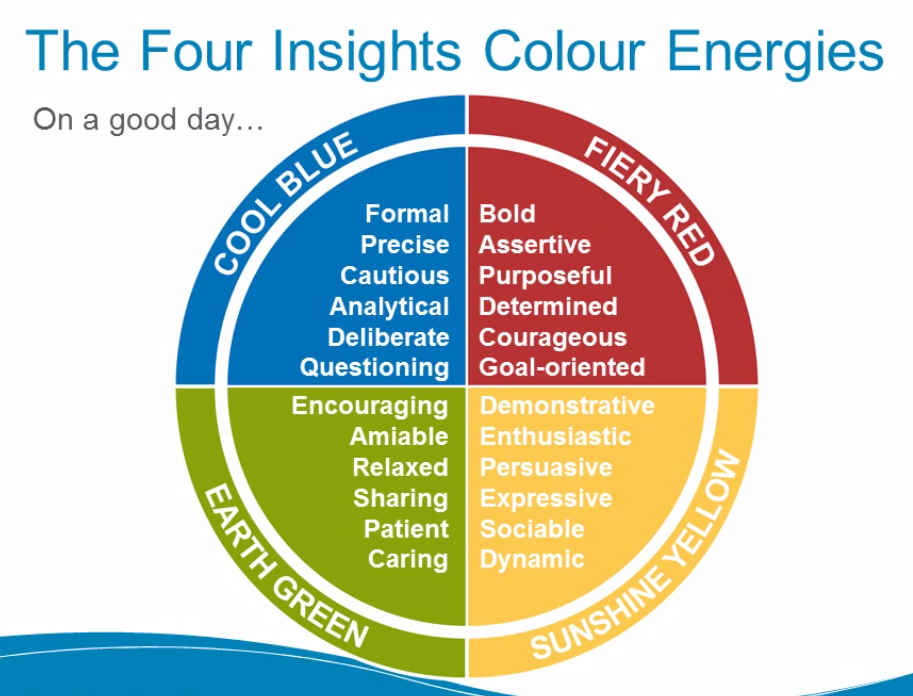Ask Lemmy
A Fediverse community for open-ended, thought provoking questions
Rules: (interactive)
1) Be nice and; have fun
Doxxing, trolling, sealioning, racism, and toxicity are not welcomed in AskLemmy. Remember what your mother said: if you can't say something nice, don't say anything at all. In addition, the site-wide Lemmy.world terms of service also apply here. Please familiarize yourself with them
2) All posts must end with a '?'
This is sort of like Jeopardy. Please phrase all post titles in the form of a proper question ending with ?
3) No spam
Please do not flood the community with nonsense. Actual suspected spammers will be banned on site. No astroturfing.
4) NSFW is okay, within reason
Just remember to tag posts with either a content warning or a [NSFW] tag. Overtly sexual posts are not allowed, please direct them to either [email protected] or [email protected].
NSFW comments should be restricted to posts tagged [NSFW].
5) This is not a support community.
It is not a place for 'how do I?', type questions.
If you have any questions regarding the site itself or would like to report a community, please direct them to Lemmy.world Support or email [email protected]. For other questions check our partnered communities list, or use the search function.
6) No US Politics.
Please don't post about current US Politics. If you need to do this, try [email protected] or [email protected]
Reminder: The terms of service apply here too.
Partnered Communities:
Logo design credit goes to: tubbadu
view the rest of the comments


I'm kind of a fan of the True Colors system but not because I "believe it". More so that I just like that it makes you stop and consider how other people you're interacting with might consider your behaviors and vice versa.
Our exercise at work first required you to classify yourself, then everyone else voted to classify you. So you could get a picture of how you can see yourself compared to how others see you.
I think what helps the most for facilitating the conversation is that it groups traits that are similar under a single color, so you can quickly say "I'm gold, I think this other person is green", then start diving into how one set of actions might be perceived by the other, etc. We didn't take a personality test. We just went straight in with "here's what I think I am", so there's no questionnaire pigeonholing you into something you might not identify with.
It helped me interact with my co-worker (and close friend outside of work), because he's very impulse driven and constantly spitting out 200 line proof-of-concept things. But they're messy and buggy and don't have any safety rails and all kinds of other things. Where as I'm much more analytical, filing code changes to him for things like considering null inputs in fields, or to fix spelling mistakes (that one is more anal than analytical, but whatev).
By doing this classification exercise, we were able to see beyond "dude wtf are you doing you look at all this wrong stuff" and we're able to consider how each of us worked was causing stress for the other. By realizing that and incorporating it to our work we were able to stop getting bogged down in arguments of really specific things and could stay focused on the general problem we were trying to solve.
My favorite part of the whole exercise when we did it at work was all of our managers said that they are Blue (considerate of others feelings, etc) where as everyone that reported to them said they were Gold (organized, respect authority), like ruthlessly Gold, and sometimes with a hint of Orange because they change focus of the team every time a new "issue" comes up before we'd finished resolving the open ones. It made me realize that management isn't intentionally shitty. They're just delusional to the point that they don't even see how their actions are nothing like their intentions.